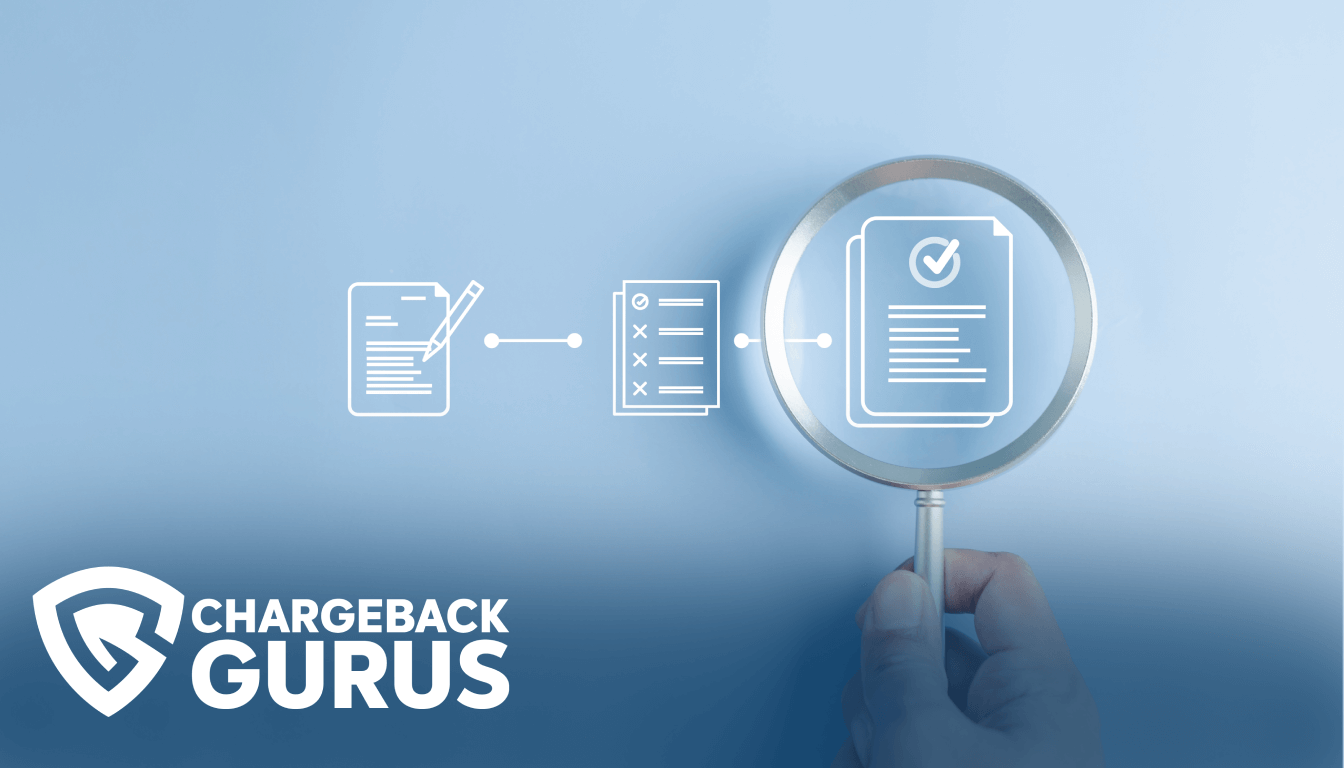American Express Chargeback Reason Code F14: Fraud

Table of Contents
- What is American Express chargeback reason code F14?
- What causes code F14 chargebacks?
- What's the time limit for merchants to respond to a code F14 chargeback?
- How can merchants fight code F14 chargebacks?
- How can merchants prevent code F14 chargebacks?
- About American Express chargeback reason codes
Merchants who receive a chargeback for a transaction placed with an American Express card may encounter reason code F14, which indicates an unauthorized transaction that the cardholder does not believe they should be responsible for paying. The actual underlying cause of this chargeback may be true fraud, friendly fraud, or merchant error. Merchants who believe they have received an invalid chargeback under reason code F14 may be able to represent the transaction and reverse the chargeback with the right compelling evidence.
What is American Express chargeback reason code F14?
American Express chargeback reason code F14 falls under the “Fraud” category. The shorthand description is “Missing Signature.” This reason code comes into play when a card-present transaction that requires a signature is processed and the cardholder later claims that they did not authorize the transaction and do not have a signed copy of the receipt that would indicate otherwise.
This scenario can occur when a merchant neglects to obtain a signature or provide the cardholder with a copy of the signed receipt at the time the transaction takes place. It can also result from a signature that is invisible or difficult to see due to the quality of the ink or paper used to print the receipt. For example, the receipt printer might be low on ink, or the merchant used colored or textured paper that obscures the signature.
What causes code F14 chargebacks?
Valid uses of this reason code could include situations where a merchant uses copied payment credentials to process a payment as a card-present transaction, when in fact the cardholder is not there to authorize it. Another example would be if a customer changes their mind about a purchase in the middle of a transaction, but the merchant goes ahead and processes it anyway. Both of these scenarios would be indicative of either merchant error or merchant fraud.
This reason code could also be used for friendly fraud. A customer who conveniently “forgets” to sign their receipt, or who sees that their signature is not visible on their receipt copy, might take advantage of this fact to claim that they did not make the purchase and did not authorize the transaction.
Even if a visibly signed receipt does exist, the burden of proof is on the merchant to provide it.
What's the time limit for merchants to respond to a code F14 chargeback?
The acquirer and/or merchant have 20 days to respond to this chargeback after it is filed.
How can merchants fight code F14 chargebacks?
Merchants can fight this chargeback if the cardholder’s claims are false.
If you did obtain a signature with the transaction, the easiest way to fight it is to provide a copy of the signed receipt.
If you do not have a copy of the signature because the transaction did not require it, your chargeback response must include proof that one of the following conditions were met at the time the transaction was executed:
- The transaction occurred in a card-not-present environment, such as eCommerce or phone order.
- The charge was qualified under the No Signature/No PIN program.
- The transaction was completed at a customer-activated terminal.
How can merchants prevent code F14 chargebacks?
Merchants must always take care to obtain a signature in any transaction where it is required and keep copies of signed receipts on file in case they are ever needed to fight a fraudulent chargeback. The following practices can help you avoid these chargebacks and discourage false claims:
- Never process a transaction using card-not-present procedures in a card-present environment.
- Scan or print copies of the order receipt at actual size.
- Maintain full ink/toner cartridges on all receipt printers and use the recommended paper.
- Print and keep copies of all signed order receipts.
- Always provide the cardholder with a legible copy of the receipt.
About American Express chargeback reason codes
Reason codes are alphanumeric codes that provide the justification for granting a chargeback. Pursuant to the Fair Credit Billing Act of 1974, cardholders have the right to dispute unauthorized or erroneous charges, and issuing banks must reverse a disputed transaction if the cardholder’s claim is valid.
When a cardholder contacts their issuing bank to dispute a transaction and receive a chargeback, the dispute is assigned a reason code that most closely matches the substance of the cardholder’s claims. The reason code provides the merchant and other stakeholders in the dispute with a concise explanation for why a chargeback has been granted.
Each card network — Visa, Mastercard, American Express, and Discover — defines and maintains their own unique set of reason codes, which are applied to disputes by the banks that issue credit and debit cards under their brands.
As both a card network and an issuer, American Express specifies 34 reason codes under the categories of Fraud, Authorization, Processing Errors, Card Member Disputes, and Inquiry/Miscellaneous. Each American Express reason code consists of one or more letters, indicating the category, and a number that identifies the specific dispute reason.
Understanding chargeback reason codes is one of the most essential parts of effective chargeback management. Identifying the chargeback reason code and the evidence required to fight it is the first step in chargeback representment, and analyzing your chargeback reason codes can provide you with insights into what types of disputes are causing you the most trouble. With this information, you can determine the root causes of your chargebacks and take action to prevent them from reoccurring.


